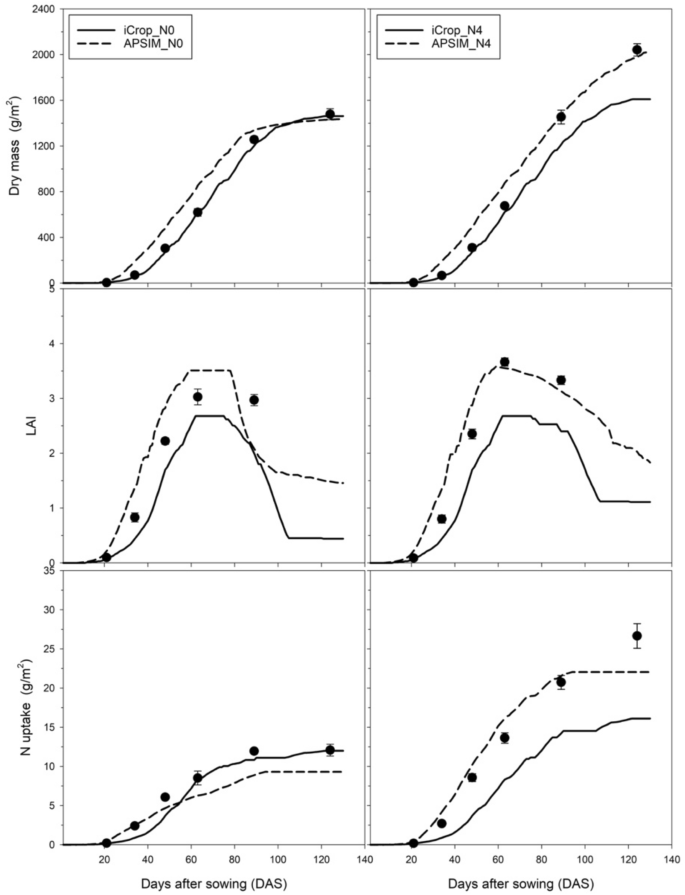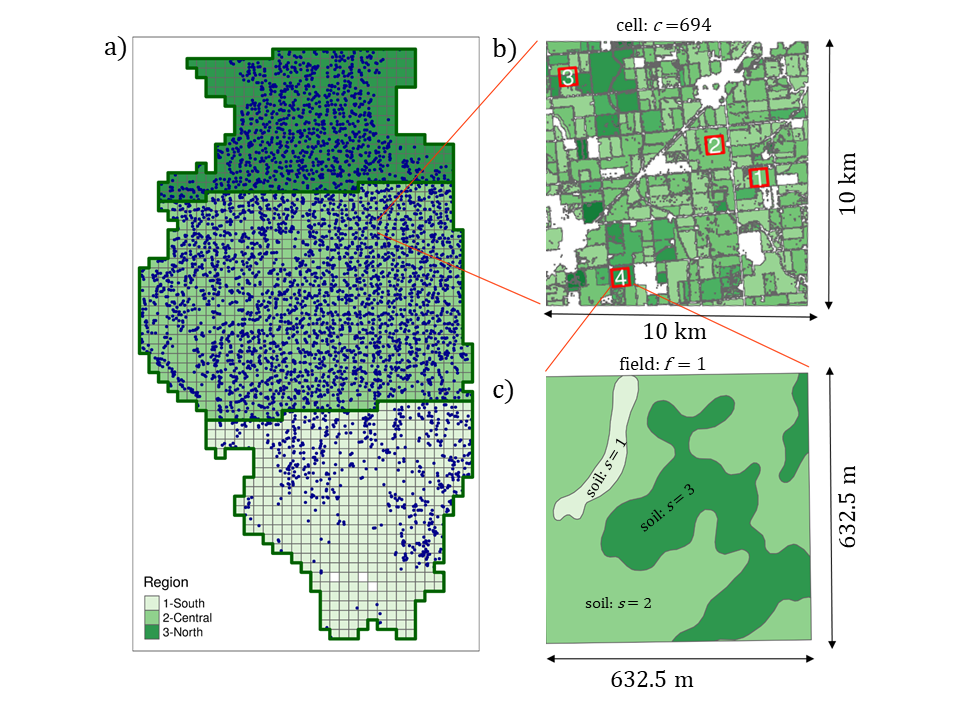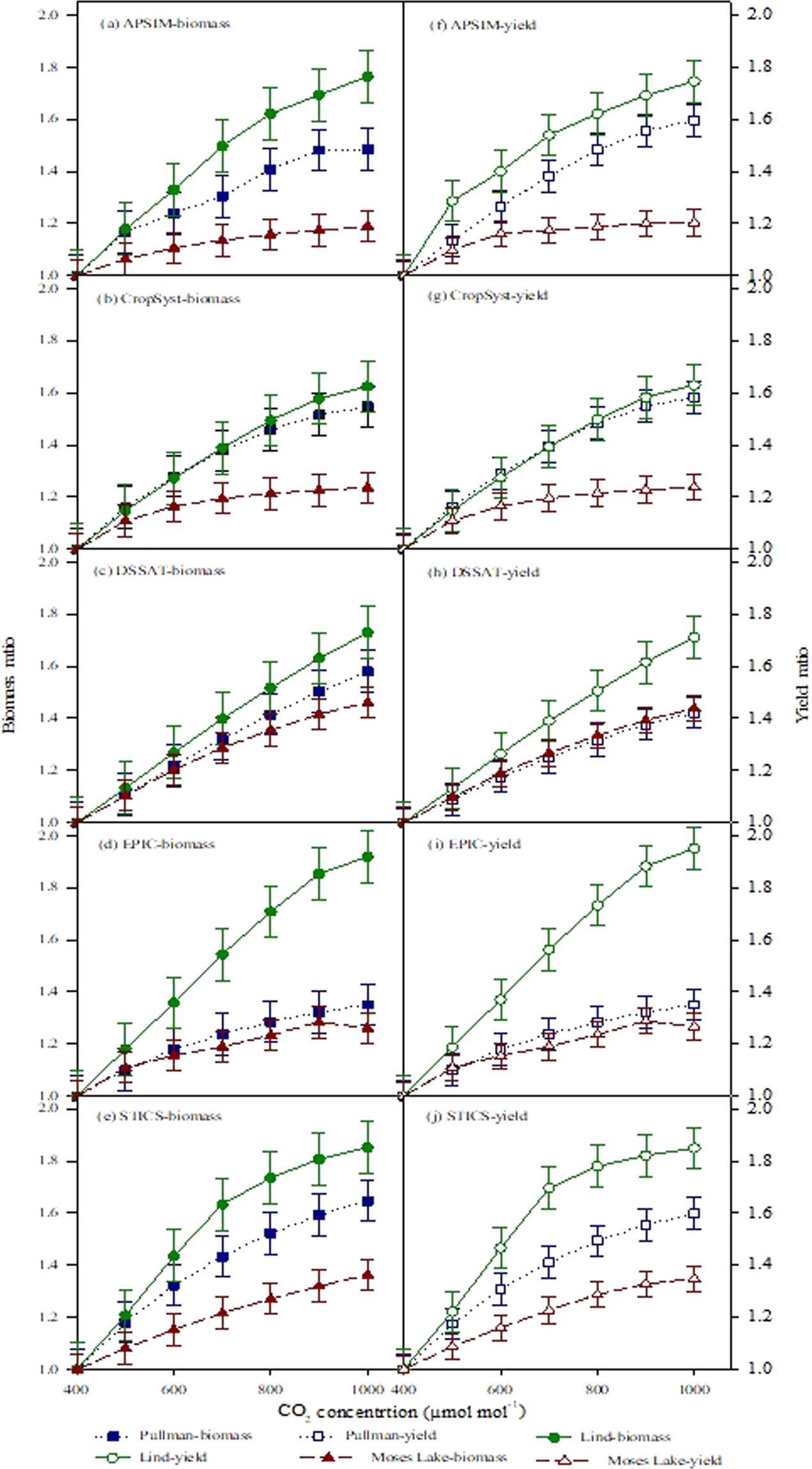

Development stage and node appearance were shown to be independent of defoliation treatment and FD class. Development was parameterized based on thermal time targets to reach specific phenological stages and modified by photoperiod responses.

These were further tested for two genotypes with contrasting FD (FD2 and FD10) under frequent (28 day: S) or long (84 day: H) defoliation regimes, all under irrigated conditions.

Relationships derived from the FD5 genotype, grown under a 42 day (LL) defoliation treatment were used for model development. This research integrated data of lucerne phenological development into the Agricultural Production Systems sIMulator (APSIM) next generation (APSIM NextGen) model framework to develop and verify a phenology module. To date, lucerne phenological modules have not been evaluated under different defoliation regimes or with genotypes of different fall dormancy (FD) classes. A challenge for any lucerne phenology module is to capture the seasonality of development processes in response to environment, management and genotype. Prediction of lucerne phenological and morphological development is important for optimising the defoliation schedule and time of other management events.


 0 kommentar(er)
0 kommentar(er)
